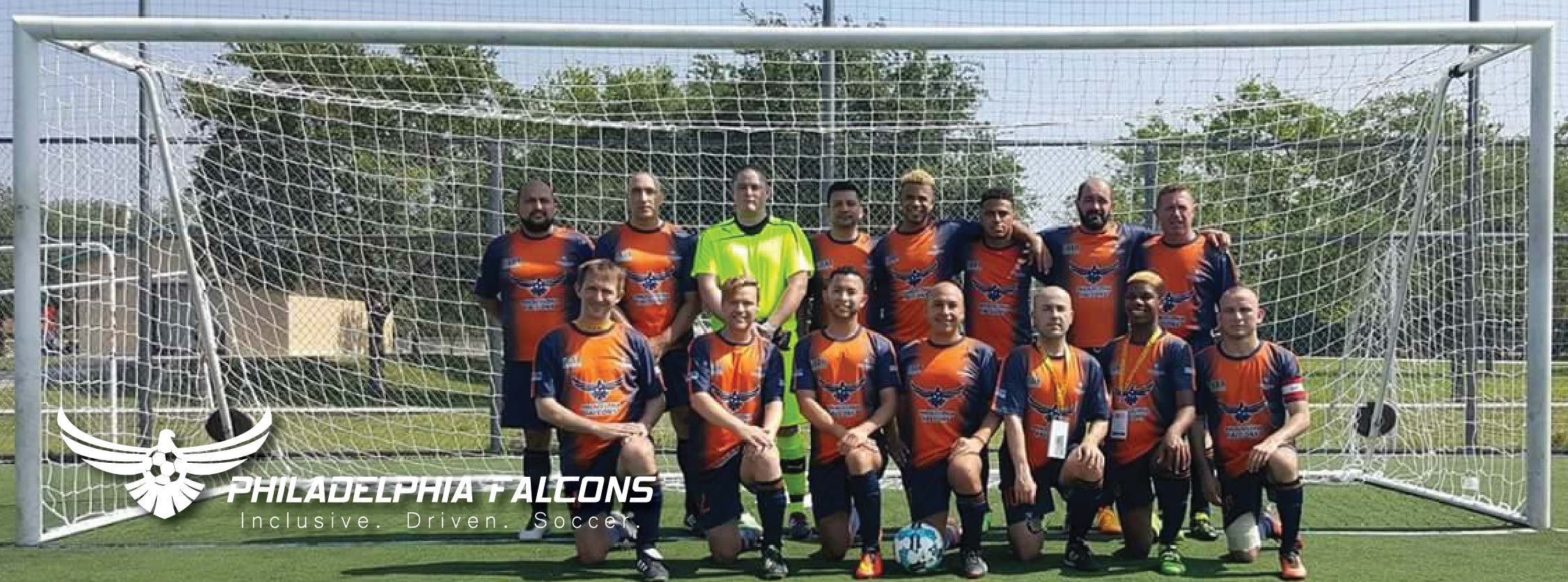Need help finding something in the LGBTQ+ Community here in Philadelphia?
National Suicide Prevention Lifeline or call 1-800-273-8255
William Way Center - Philly LGTBQ+ center
Mazzoni Center - LGBTQ+ Health
Galaei - Queer Latin@ Social Justice
LGBTQIA Sports resources
International LGBTQIA Fotball Association
City Brotherly Love Softball League
Flag Football GPFFL
Cheer Philladelphia
Kicking Out Transphobia
Youth resources
Attic Youth Center - LGBTQ+ general resources for youth in Philly
Safe-Hub - Philly non-profit youth soccer program for building skills in a safe space
Starfinder - Philly non-profit youth soccer programs for building skills in a safe space
GLSEN: Changing the Game - LGBTQ+ student/educator inclusive sports and curriculum resources
Students Run Philly: Outpace - LGTBQ+ Philly youth drop in program promoting improved health and confidence
LGTBQ+ Friendly Addiction and Rehab Resources
LGTBQIA Educational Resources
How be an ally for the trans and Nonconforming community
Other Resources



